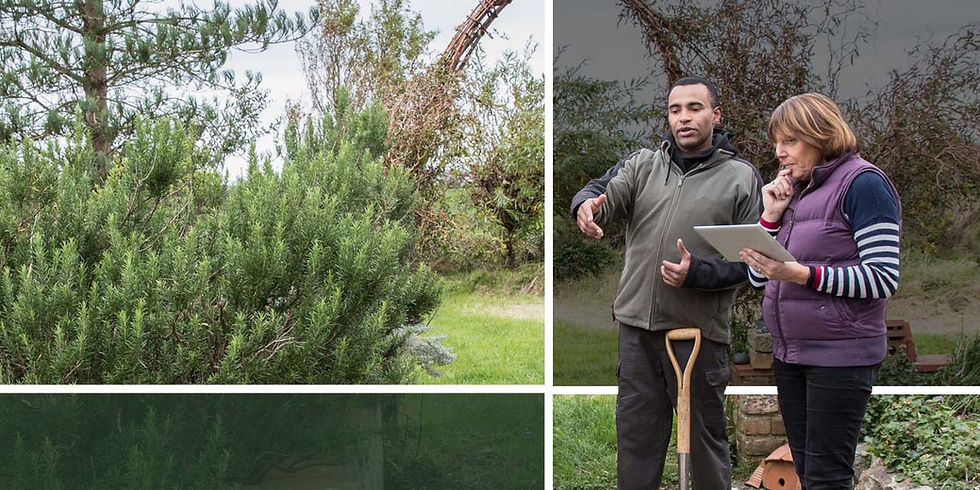Why and how to fertilize your lawn in the fall
- Rooted in Nature

- Nov 18, 2022
- 2 min read
Updated: Apr 30, 2024
Homeowners often lose interest in lawn care when summer wanes. Here's why you shouldn't skip that last fertilizer application of the season this fall.
It’s easy to think that because the calendar has turned over to fall, that you’re done with lawn care for the year. Surely you don’t need to fertilize this time of year, right? Wrong. Your final fertilizer application of the year is the most important one. Let’s explain.

Why fertilize your lawn in fall?
Like the rest of us, your lawn gets tired by the time summer ends. Your lawn has struggled through a long, hot and relentless summer. It’s endured excessive heat, humidity and drought. It’s been trampled by kids, dogs and overuse. Weeds, insects and diseases have taken their toll. Your lawn is hungry and tired. It wants a good meal before it settles in for a long, well-deserved winter slumber.
This is your lawn’s last chance to thicken up, restoring turf density back to its early summer form. Fall fertilizer helps regenerate roots lost by hot, humid or dry summer weather.
Fall fertilizing fortifies your lawn so it can better combat severe winter conditions that lie ahead. A good feeding fills up your lawn’s gas tank before going dormant. That way it has plenty of energy stored for a healthy start next spring.
When to fertilize your lawn in the fall
Planning fall fertilizer applications around average frost dates gives your lawn plenty of time to absorb all of the nutrients before it enters its dormant stage. There’s no need or benefit to carry over nutrients through the winter. So if you're a Maryland resident, you should be planning to do so very soon as we are already seeing early signs of frost.
If you apply fertilizer too late, you’re making your lawn stay up past its bedtime when all it wants to do is go to sleep for the year. Late fertilizing of cool-season lawn grasses will keep it actively growing when frigid weather, snow and ice usher in winter, potentially causing winter kill and disease issues next spring.
How to fertilize your lawn in the fall
Approach your fall fertilizer application just as you would any other. Follow the coverage recommendation for the chosen product. It’s always a good idea to split the application in half and then make two passes in different directions. For example: if your fall fertilizer bag says it will cover 5,000 square feet, find the setting on your spreader for 10,000 square feet (5,000 x 2). This will close the spreader gate allowing only one-half the recommended rate to flow through. Then make two consecutive passes at this spreader setting. This will apply the total recommended amount using two passes instead of one. This ensures even, uniform coverage, reducing the risk of missing parts of your lawn.
After you’ve finished your fall fertilizer application, make sure you thoroughly wash your spreader. This removes any remaining fertilizer residue that can corrode spreader components over the winter. Refer to your owner’s manual for additional recommended maintenance before winter storage. If you need to fertilize but aren't sure where to start, you can count on us. Contact us at 443-846-0199 or info@rootedinnaturemd.com.



Comments